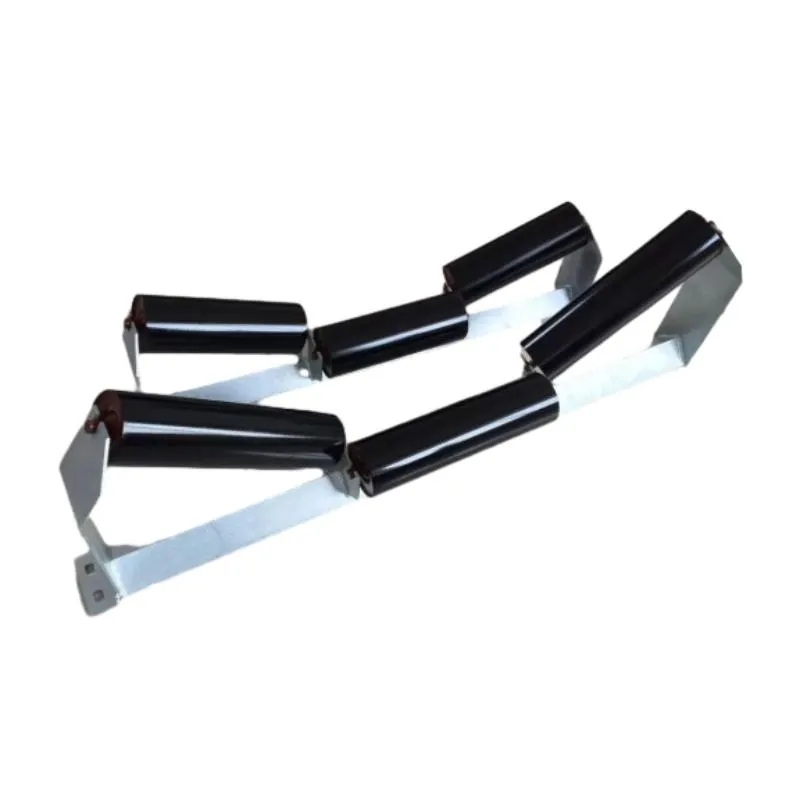 Afrikaans
Afrikaans  Albanian
Albanian  Amharic
Amharic  Arabic
Arabic  Armenian
Armenian  Azerbaijani
Azerbaijani  Basque
Basque  Belarusian
Belarusian  Bengali
Bengali  Bosnian
Bosnian  Bulgarian
Bulgarian  Catalan
Catalan  Cebuano
Cebuano  Corsican
Corsican  Croatian
Croatian  Czech
Czech  Danish
Danish  Dutch
Dutch  English
English  Esperanto
Esperanto  Estonian
Estonian  Finnish
Finnish  French
French  Frisian
Frisian  Galician
Galician  Georgian
Georgian  German
German  Greek
Greek  Gujarati
Gujarati  Haitian Creole
Haitian Creole  hausa
hausa  hawaiian
hawaiian  Hebrew
Hebrew  Hindi
Hindi  Miao
Miao  Hungarian
Hungarian  Icelandic
Icelandic  igbo
igbo  Indonesian
Indonesian  irish
irish  Italian
Italian  Japanese
Japanese  Javanese
Javanese  Kannada
Kannada  kazakh
kazakh  Khmer
Khmer  Rwandese
Rwandese  Korean
Korean  Kurdish
Kurdish  Kyrgyz
Kyrgyz  Lao
Lao  Latin
Latin  Latvian
Latvian  Lithuanian
Lithuanian  Luxembourgish
Luxembourgish  Macedonian
Macedonian  Malgashi
Malgashi  Malay
Malay  Malayalam
Malayalam  Maltese
Maltese  Maori
Maori  Marathi
Marathi  Mongolian
Mongolian  Myanmar
Myanmar  Nepali
Nepali  Norwegian
Norwegian  Norwegian
Norwegian  Occitan
Occitan  Pashto
Pashto  Persian
Persian  Polish
Polish  Portuguese
Portuguese  Punjabi
Punjabi  Romanian
Romanian  Russian
Russian  Samoan
Samoan  Scottish Gaelic
Scottish Gaelic  Serbian
Serbian  Sesotho
Sesotho  Shona
Shona  Sindhi
Sindhi  Sinhala
Sinhala  Slovak
Slovak  Slovenian
Slovenian  Somali
Somali  Spanish
Spanish  Sundanese
Sundanese  Swahili
Swahili  Swedish
Swedish  Tagalog
Tagalog  Tajik
Tajik  Tamil
Tamil  Tatar
Tatar  Telugu
Telugu  Thai
Thai  Turkish
Turkish  Turkmen
Turkmen  Ukrainian
Ukrainian  Urdu
Urdu  Uighur
Uighur  Uzbek
Uzbek  Vietnamese
Vietnamese  Welsh
Welsh  Bantu
Bantu  Yiddish
Yiddish  Yoruba
Yoruba  Zulu
Zulu conveyor pulley lagging material
Conveyor Pulley Lagging Material Enhancing Performance and Longevity
In the realm of material handling and bulk transport, conveyor systems play a crucial role in various industries, from mining to manufacturing. One essential component of these systems is the conveyor pulley, which facilitates the movement of materials along the belt. However, to maximize efficiency and prolong the life of conveyor systems, the application of quality lagging material on pulleys is of paramount importance.
What is Conveyor Pulley Lagging?
Conveyor pulley lagging is a protective covering applied to the surface of a pulley to enhance its performance. It serves multiple purposes it improves friction between the pulley and the conveyor belt, prevents slippage, and guards against wear and tear caused by the abrasive material being transported. Moreover, well-lagged pulleys can significantly extend the life of both the pulley and the conveyor belt, leading to reduced maintenance costs and increased productivity.
Types of Lagging Materials
There are several types of materials used for lagging pulleys, each offering distinct advantages and disadvantages. The most common options include
1. Rubber Lagging This is one of the most widely used lagging materials due to its excellent frictional properties. Rubber lagging comes in various profiles, including smooth, diamond, and herringbone patterns, which can enhance grip and reduce slippage. It is also durable and resistant to abrasion, making it suitable for heavy-duty applications.
2. Ceramic Lagging Ceramic lagging incorporates ceramic tiles embedded within a rubber matrix. This material is ideal for applications involving highly abrasive materials, such as in the mining industry. Its superior wear resistance helps maintain the efficiency of the conveyor system over time, minimizing downtime and replacement costs.
3. Polyurethane Lagging Known for its high resilience and flexibility, polyurethane lagging is another excellent option. It provides good abrasion resistance and reduces noise levels, making it suitable for environments where sound levels need to be controlled.
conveyor pulley lagging material

4. Metal Lagging Although less common, metal lagging is used in specific applications where extreme durability and resistance to high temperatures are necessary. Metal lagging can withstand harsh conditions and is often used in industries like steel manufacturing.
Benefits of Proper Lagging
1. Enhanced Traction The primary function of lagging is to provide better traction between the pulley and the conveyor belt, preventing slippage. This is especially crucial in environments with heavy loads or steep inclines.
2. Reduced Wear and Maintenance Properly lagged pulleys experience less wear over time. By minimizing the friction and abrasion between the belt and pulley, maintenance intervals can be extended, translating into lower operational costs.
3. Improved Safety Slippage can lead to costly accidents and cargo spills, posing safety risks. Adequate lagging minimizes these risks, creating a safer working environment.
4. Energy Efficiency Reduced slippage translates to better energy efficiency. A system that operates smoothly requires less energy to transport materials, benefitting both the environment and the bottom line.
Conclusion
In conclusion, the selection of appropriate conveyor pulley lagging material is critical for achieving optimal performance and longevity in conveyor systems. With various types of lagging available, each presenting unique advantages, it is essential to assess the specific needs of the application to make an informed choice. By investing in high-quality lagging materials, businesses can enhance the efficiency of their operations, reduce maintenance costs, and ultimately contribute to a safer and more productive workplace. As industries continue to evolve, so too will the technologies and materials used in pulley lagging, pointing towards innovations that will further enhance the capabilities of conveyor systems.
-
Revolutionizing Conveyor Reliability with Advanced Rubber Lagging PulleysNewsJul.22,2025
-
Powering Precision and Durability with Expert Manufacturers of Conveyor ComponentsNewsJul.22,2025
-
Optimizing Conveyor Systems with Advanced Conveyor AccessoriesNewsJul.22,2025
-
Maximize Conveyor Efficiency with Quality Conveyor Idler PulleysNewsJul.22,2025
-
Future-Proof Your Conveyor System with High-Performance Polyurethane RollerNewsJul.22,2025
-
Driving Efficiency Forward with Quality Idlers and RollersNewsJul.22,2025





























